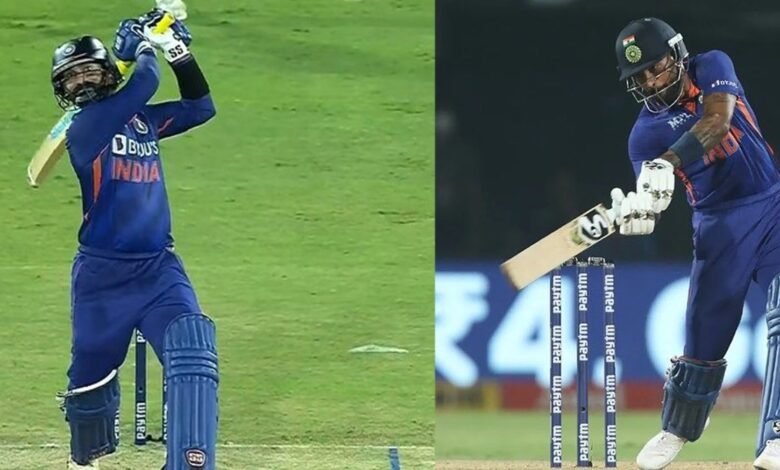
The third T20I of the series between the Indian cricket team and the South African cricket team is happening right now in Vizag. South African cricket team skipper Temba Bavuma won the toss again and decided to bowl first. India got off to a terrific start as both Ishan Kishan and Ruturaj Gaikwad registered a fifty each. Hardik Pandya finished the innings well with an unbeaten 21-ball 31*.
Speaking of the match that has happened in Vizag so far, the South African cricket team looked clueless when the duo of Ishan Kishan and Ruturaj Gaikwad took the bowlers apart. Gaikwad scored 57 runs off 35 balls at a strike rate of 162, while Kishan aggregated 54 runs from 35 deliveries, smacking five fours and two sixes.
At one stage, the Indian cricket team was 97/0 close to the halfway mark. However, the South African cricket team pulled things back from there and ensured that the Men in Blue finished with 179 runs in 20 overs. The likes of Shreyas Iyer, Dinesh Karthik, and Rishabh Pant failed to make an impact despite having a set platform.
Hardik Pandya smacked four fours and helped the team finish with a 179-run score on the board. During the innings, fans were confused a bit because Pandya took strike instead of the new battery even when the batter on strike got caught out.
Did Hardik Pandya not follow the new rules?
In IPL 2022, if a batter got caught out, then the new batter would take the strike irrespective of whether the two batters had crossed or not. Dinesh Karthik handed a catch to Wayne Parnell off Kagiso Rabada’s bowling.
The batters crossed over, and Hardik Pandya, the non-striker, faced the next ball instead of new batter Axar Patel. The reason behind that is the new rules are not yet applicable in international cricket. They will be applicable from October 1.



